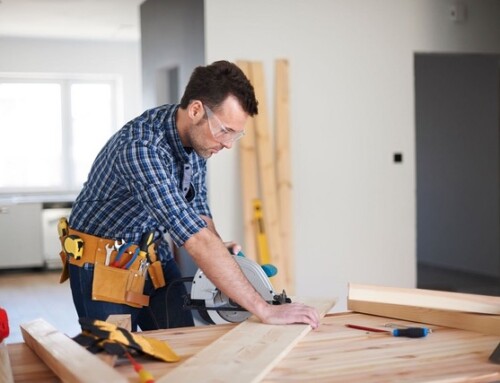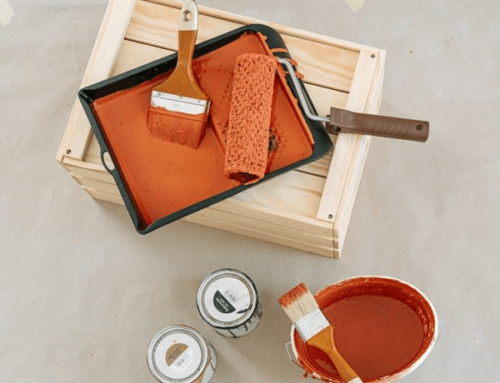Article by Paul Denikin, dadknowsdiy.com
The days of summer are fast receding into memory, as autumn’s cool temperatures and falling leaves greets you with a smile. You may want to get lost in the multicolored forest with your kids in tow, but home maintenance chores begin. Unfortunately, summer is gone and there’s work to do. You have to prepare your property for the cold-temperature seasons to keep your place structurally sound once the winter winds arrive.
This is the perfect time to check on the status of your home’s structural systems, from electrical to external drainage, as well as internal heating and cooling systems. Not sure exactly where to begin? Read on for a number of maintenance tips that will have you saving big money in the long run.
- Remove Debris From Your Roof Gutters
An important chore to undertake before the snows arrive is to probe and clean out the gutters and downspouts. These make up the drainage system of your home. It’s well worth hiring a professional to complete this task. The average cost of having your gutters cleaned ranges from $125 – $175.
Whenever sleet, rain, or snow falls on your roof, the water is made to run a course away from your home’s exterior walls, so as to guard its structural integrity. As the fall sets in, make sure to extricate any clogging debris from the gutters of your roof. Look out for rust or corrosion and place mesh guards where needed to keep organic materials from further accumulating in the way of your drainage system.
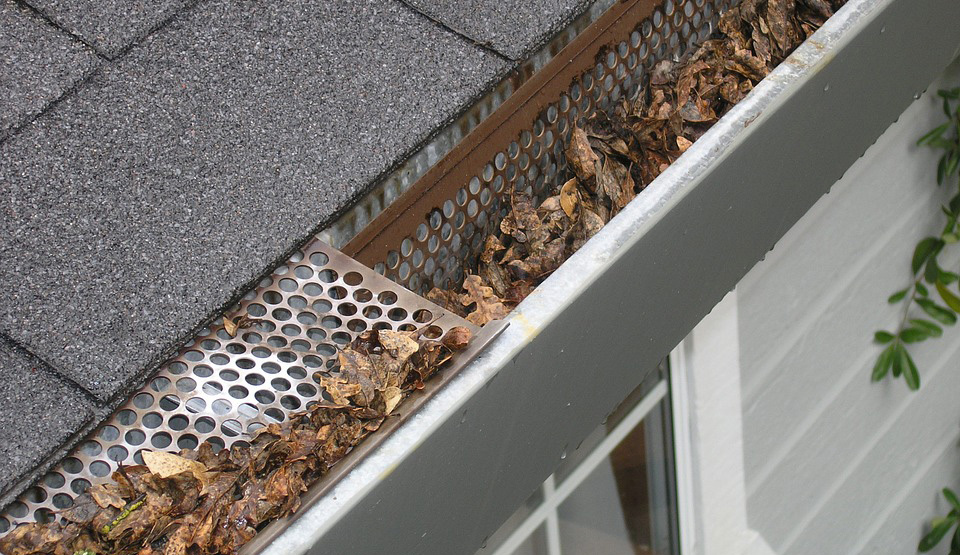
Image via Pixabay
- Fix the Cracks
When ice appears on your driveways and walkways, it can cause already existing cracks to widen. Inspect pathways and consider undertaking a DIY project to fill any wide cracks – these can damage your vehicle tires whenever you vacate your property. You may also seize the opportunity to even out the pavement, and check to see that stairway railings leading up to your house are firmly fixed. If you’re unable to repair these yourself, arrange to have them fixed by a handy friend or relative, especially if you live in an area that receives heavy snowfall. Don’t stop at the outdoor area. Your windows can have cracked caulk that drop the temperature indoors and raise your winter utility bills. Doorways should be properly sealed with weatherstripping. If there is a large gap, a draft stopper can help.
- Clean Out Your Garage
If you have a garage, you know just how messy that space can get in a relatively short amount of time. To ensure your garage doesn’t become a haven for dirt, grime, and clutter during the cooler months, give it some love before autumn/winter sets in. Toss out anything you don’t need that’s been sitting around since the beginning of the summer, and make some room for the toys/lawn decorations you won’t need or use until next year. Instead of putting your regular vacuum through the rigorous task of cleaning your garage, consider picking up a backpack vacuum, which offers a larger capacity and longer cord to allow you to tackle this area with ease. It will also keep you from bending over so frequently, which is a perk in and of itself.
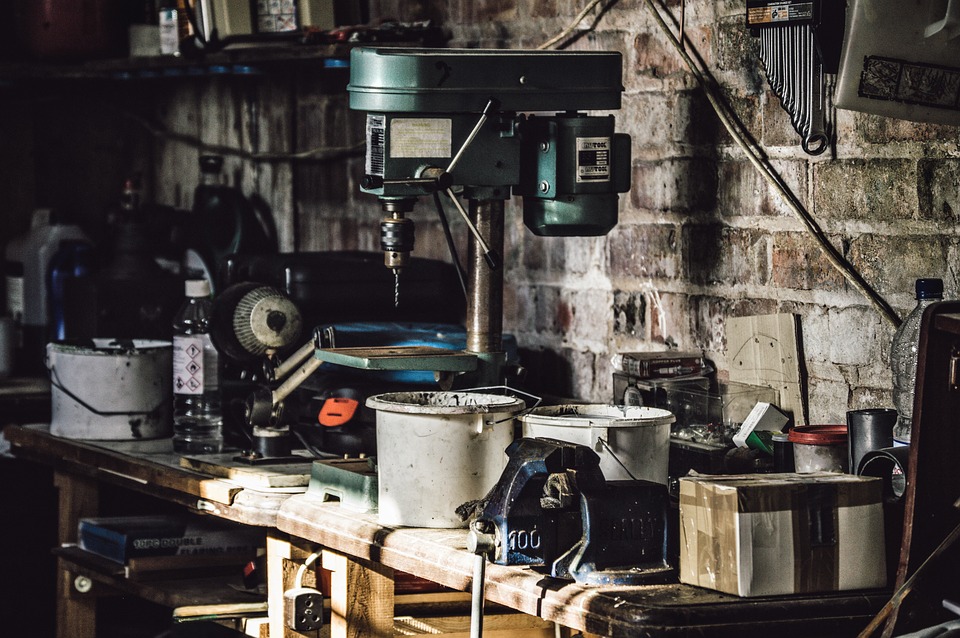
Image via Pixabay
- Double Check Your Faucets
Again, if your home is susceptible to harsh cold weather, leave your faucets running in a slow trickle so that the tiny leaks allow for steady internal water flow. Exposed outdoor faucets should be covered with special insulation, which is available at your local hardware store for just a few dollars. These small actions may prevent a through-and-through freezing of your plumbing system.
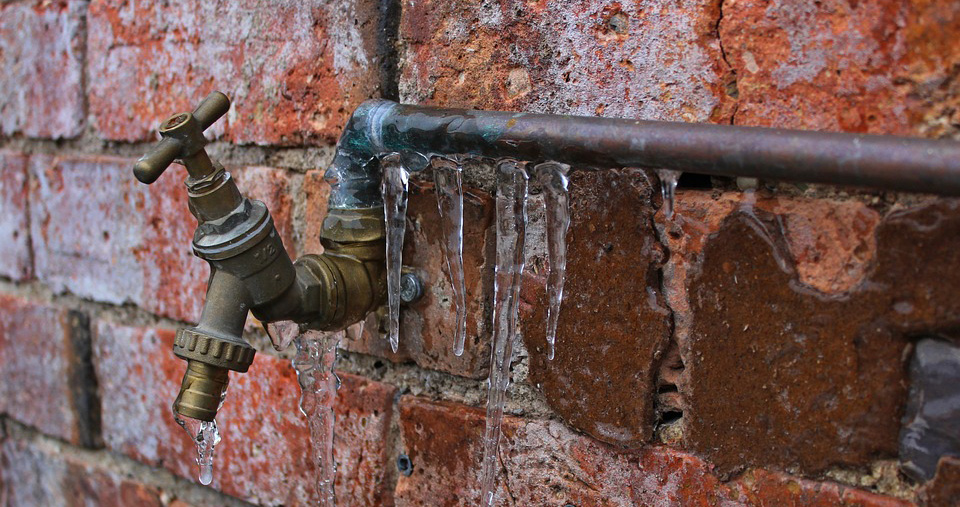
Image via Pixabay
- Test Your Smoke and CO Detectors
It’s a good idea to verify whether your fire and carbon monoxide detectors are running smoothly – check the instruction manual of the ceiling gadgets if you need to. Undertake this maintenance project at least once per year, as some detectors, depending on the model and make, may tend to suck battery power too quickly. To be extra-prepared for potential fire hazards, keep a fire extinguisher handy near the fireplace, and in any other room of the house where potential fires may erupt.
- Replace Air Filters
Place a hand near your air filters to test if the air is circulating properly throughout your home. If you seem to detect an air interruption, change your air system filters and humidifiers. If you have an old-style AC unit that faces your exterior, consider covering it during the cold months of the year.
A Final Thought
Depending on the size of your home, you may just need a day or two to properly inspect, clean and fix your home systems, both internal and external, to prevent problems from creeping up during the cold seasons. The last thing you want to do when ice is on the road is to call a repairman should something unexpectedly bust; they may be unable to navigate to your home safely, leaving you with a big problem. Think about it, and greet the upcoming frosty weather with a maintained home.


